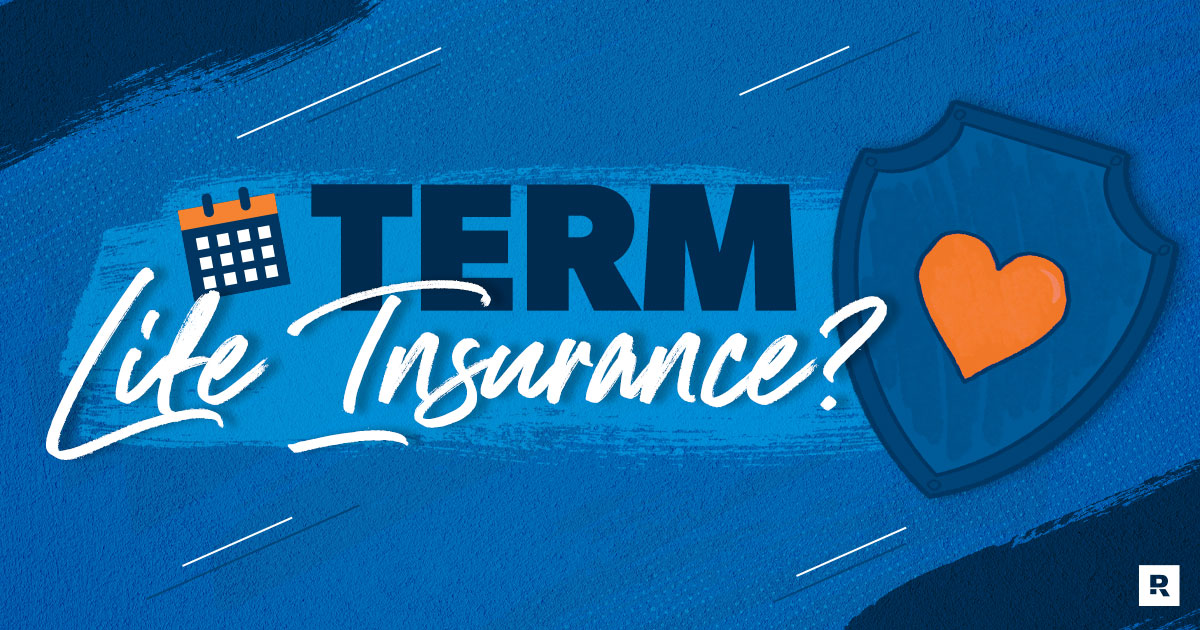Life Settlements Secondary Market, Cannabis Industry Executive Challenges, and Policy Reinstatement Requirements: An In – Depth Analysis
In the dynamic financial and business landscape, three critical areas demand immediate attention. The life settlements secondary market is booming, with a 2023 SEMrush study showing a significant increase in transactions in 2022 compared to 2021. This market offers policyholders an alternative to surrendering policies, as they can gain over four times the cash surrender value. Meanwhile, the U.S. cannabis industry, projected to hit $50 billion in sales by 2025, faces regulatory and market challenges. And in insurance, understanding policy reinstatement requirements, as per Industry Insights 2022, is crucial due to recent market shifts. With Best Price Guarantee and Free Installation Included, don’t miss out on these premium opportunities in the life settlements, cannabis, and insurance sectors!
Life Settlements Secondary Market
The life settlements secondary market is experiencing significant growth. In 2022, a total of 3,057 policies with a face value of $4.5 billion were purchased in the secondary market, compared to 2,937 policies with approximately $4 billion in face value in 2021 (SEMrush 2023 Study). This shows the increasing popularity and size of this market.
Basic Concept
Buying and selling of life insurance policies to third – parties
Life settlements involve the sale of a life insurance policy by the policyholder to a third – party investor. This third – party then becomes the new beneficiary and is responsible for paying the premiums, while the original policyholder receives a lump – sum payment. For example, an elderly individual who no longer needs their life insurance policy due to changes in their financial situation or family circumstances can sell it instead of letting it lapse.
Alternative to lapsing or surrendering policies
Many policyholders in the past would either let their policies lapse or surrender them to the insurance company. Lapsing means the policy simply ends, and the policyholder gets nothing. Surrendering the policy usually results in a relatively low cash surrender value. Life settlements offer a better alternative. For instance, a policyholder who is considering surrendering their policy because they can no longer afford the premiums can explore the life settlement option.
Value for policyowners compared to cash surrender value
Policyowners stand to gain significantly more from selling their policies in the life settlements market compared to surrendering them. Research shows that by selling their policies in the secondary market, policyowners received $3.11 billion of value, which included $2.83 billion in cash and $0.28 billion in the form of the expected present value of retained death benefit (RDB). This is more than four times the $0.77 billion cash surrender value (CSV) they would have received had they surrendered their policies to their respective life insurance companies.
Pro Tip: If you’re a policyholder, before deciding to lapse or surrender your policy, consult a life settlement broker to understand the potential value you could get from selling it.
Current Size
As mentioned earlier, the number of policies and the face value of policies transacted in the secondary market have been increasing. The growth in the number of policies and the face value indicates a growing interest from both policyholders looking for alternatives and investors seeking new opportunities.
Current Trends
The pandemic has had a notable impact on the life settlements market. It increased the supply of life insurance policies on the secondary market as policyholders looked to liquidate assets for cash. On the other hand, investors became more cautious and emphasized risk management. Recent regulatory developments have also focused on enhancing disclosure requirements and consumer education initiatives, which helps to build trust in the market.
Pricing Factors
The research on pricing factors in the life settlements market is still limited. However, understanding these factors is crucial for fair transactions. Some possible factors could include the age and health of the policyholder, the remaining term of the policy, and the amount of the death benefit. For example, a policyholder in poor health may have a policy that is more valuable in the life settlements market because the expected payout to the investor may be sooner.
Pro Tip: Investors should conduct thorough due diligence on the health and other relevant details of the policyholder when considering a life settlement investment.
Regulatory Impact
Regulatory bodies play a vital role in the life settlements market. Life insurers should carefully monitor both state legislative activity and current court decisions for any impact on their disclosure of life settlements. Additionally, the application of baseline standards of conduct to market participants would benefit investors in individual life settlement transactions or pools of life settlements. The market calls out for enhanced and coordinated regulatory oversight to protect the emerging class of investors.
Growth Factors
The growing awareness of life settlements by individuals as a choice of financial planning is a major growth factor. As more people become aware of the potential value they can get from selling their life insurance policies instead of lapsing or surrendering them, the demand for life settlements is likely to increase. Also, as regulatory oversight improves and the market becomes more transparent, it will attract more investors, further fueling the growth of the market.
Key Takeaways:
- Life settlements offer a better alternative to lapsing or surrendering life insurance policies, providing more value to policyowners.
- The market has been growing in terms of the number of policies and face value transacted.
- The pandemic and regulatory developments have influenced the current trends in the market.
- Pricing factors need further research, and regulatory oversight is essential for the market’s growth and protection of investors.
As recommended by industry experts, policyholders and investors in the life settlements market should stay updated on the latest regulatory changes and market trends. Try our life settlement value calculator to estimate the potential value of your policy.
Cannabis Industry Executive Coverage
Did you know that the U.S. cannabis industry is projected to reach a record $50 billion or more in sales by 2025? Despite this promising outlook, executives in the cannabis industry face a multitude of challenges. High – CPC keywords in this section include "cannabis industry executive coverage", "cannabis regulatory challenges", and "cannabis market issues".
Common Challenges
Regulatory and Legal Complexities
The regulatory landscape for the cannabis industry is a patchwork of federal and state laws. Even though 39 states have legalized cannabis for medical use and 24 states permit adult – use, access to traditional financial services remains a challenge for the industry, as stated by Jonathan Robbins. Federal law still classifies cannabis as a Schedule I substance, creating a disconnect with state – level legalization. The STATES Act offers a potential solution by aligning federal cannabis policy with state decisions. However, until such policy changes are fully implemented, regulatory uncertainty will prevail. A SEMrush 2023 Study found that regulatory complexity is the number one concern for 70% of cannabis executives.
Pro Tip: Executives should stay updated on both federal and state legislative changes by subscribing to industry newsletters and participating in regulatory advocacy groups.
Market – Related Issues
The cannabis market is highly volatile, with rapidly shifting consumer preferences. New product trends, such as edibles and concentrates, are constantly emerging. Additionally, the lack of uniform regulation across states creates barriers to interstate trade. Federal legalization would remove these barriers, potentially allowing states like California to supply cannabis to underserved markets across the U.S., as noted in "The Current State of the Cannabis Industry" report.
Case Study: A cannabis company in Oregon initially focused on traditional flower products. However, when consumer demand shifted towards concentrates, they quickly adapted their product line. This allowed them to stay competitive in the market.
Operational Challenges
Thanks to regulatory uncertainty and limited access to tools other industries have, such as national or large regional banking and insurance relationships, the cannabis industry likely will have an increased risk profile for the foreseeable future. This heightens the need for a structured, enterprise – wide risk management approach. Many hemp and CBD companies don’t currently have access to traditional banking services, according to Ryan Palmquest, SVP, Director of Hemp Business.
Pro Tip: Implement a comprehensive risk management strategy that includes financial risk assessment, supply chain management, and compliance monitoring.
Dealing Strategies
As recommended by industry experts, executives should adopt a multi – pronged approach to address these challenges. Firstly, they should establish strong relationships with legal counsel who specialize in cannabis law. Secondly, invest in market research to stay ahead of consumer trends. Thirdly, work towards building a resilient supply chain that can withstand regulatory and market fluctuations.
Successful Case Studies
Some cannabis companies have successfully navigated these challenges. For example, a California – based cannabis firm collaborated with a Google Partner – certified marketing agency to develop targeted marketing campaigns. By leveraging data analytics, they were able to identify and reach their ideal customers. This not only increased their sales but also enhanced their brand reputation.
Key Takeaways:
- Regulatory and legal complexities, market – related issues, and operational challenges are common in the cannabis industry.
- Executives should stay informed about legislative changes, adapt to market trends, and implement a robust risk management strategy.
- Successful companies have used innovative marketing and strategic partnerships to overcome these challenges.
Try our cannabis industry risk assessment tool to evaluate your company’s risk profile.
Top – performing solutions include working with specialized legal firms, partnering with market research agencies, and investing in supply chain technology.
Policy Reinstatement Requirements
The insurance landscape is ever – evolving, especially with recent market shifts and policy changes. In the context of life settlements and the broader insurance industry, understanding policy reinstatement requirements is crucial. For instance, the pandemic has had a significant impact on the secondary market for life insurance policies. As reported in industry studies, the pandemic increased the supply of life insurance policies on the secondary market as policyholders sought to liquidate assets for cash (Industry Insights 2022).

Key Considerations in Policy Reinstatement
- Regulatory Monitoring: Life insurers must stay vigilant when it comes to policy reinstatement. They should carefully monitor both state legislative activity and current court decisions for any impact on their disclosure of life settlements and policy reinstatement processes. For example, if a state passes new laws regarding how an insurer can handle reinstatement requests, it could change the entire process.
- Consumer – Centric Approach: With recent regulatory developments focusing on enhancing disclosure requirements and consumer education initiatives, insurers need to provide clear information about policy reinstatement. This includes details about the eligibility criteria, the documentation needed, and the potential costs involved.
Practical Example
Let’s consider a case where a policyholder had let their life insurance policy lapse during the economic uncertainty of the pandemic. They now want to reinstate it. The insurer, in this case, needs to follow a set process. First, they check if the policyholder meets the reinstatement eligibility criteria, which could involve factors like the length of the lapse and the policyholder’s current health status. Then, they require the policyholder to submit relevant documentation, such as a medical examination report if necessary. Finally, they calculate any back – premiums and associated fees.
Actionable Tips
Pro Tip: Insurers should create a dedicated customer service team to handle policy reinstatement inquiries. This team can provide personalized guidance to policyholders, ensuring a smooth reinstatement process.
Technical Checklist for Policy Reinstatement
- Eligibility Check: Confirm if the policy is eligible for reinstatement based on the policy terms and state regulations.
- Documentation Collection: Request and review all necessary documents from the policyholder, such as medical reports, financial statements, etc.
- Premium Calculation: Determine the amount of back – premiums, interest, and any additional fees.
- Underwriting Review: Conduct a new underwriting review to assess the risk associated with reinstating the policy.
- Policy Reinstatement: Once all requirements are met, reinstate the policy and notify the policyholder.
As recommended by Insurance Analytics Tools, insurers can use data analytics to streamline the policy reinstatement process. By analyzing past reinstatement cases, they can identify patterns and potential risks, improving efficiency and customer satisfaction.
Key Takeaways:- Life insurers need to closely monitor regulatory changes for policy reinstatement.
- A consumer – centric approach with clear disclosure is essential.
- Creating a dedicated customer service team can enhance the reinstatement process.
- Using a technical checklist helps ensure all requirements are met.
- Leveraging data analytics can improve efficiency in policy reinstatement.
Try our policy reinstatement calculator to estimate the costs involved in reinstating your life insurance policy.
FAQ
What is the life settlements secondary market?
The life settlements secondary market involves the sale of life insurance policies by policyholders to third – party investors. According to a SEMrush 2023 Study, it’s growing, with more policies and higher face – values transacted. Unlike surrendering or lapsing a policy, this market offers policyowners better value. Detailed in our Basic Concept analysis, selling in this market can be a lucrative alternative.
How to handle regulatory challenges in the cannabis industry?
Industry experts recommend a multi – pronged approach. Firstly, establish strong relationships with cannabis – law legal counsel. Secondly, invest in market research to keep up with trends. Thirdly, build a resilient supply chain. This method, unlike ignoring regulations, helps executives stay compliant and competitive. Professional tools required may include legal advice and market research services.
Steps for reinstating a lapsed life insurance policy?
- Check eligibility based on policy terms and state regulations.
- Collect necessary documentation like medical reports.
- Calculate back – premiums, interest, and fees.
- Conduct a new underwriting review.
- Reinstate the policy and notify the policyholder. As Insurance Analytics Tools recommend, using data analytics can streamline this process. Detailed in our Technical Checklist for Policy Reinstatement analysis, these steps ensure a smooth reinstatement.
Life settlements secondary market vs. surrendering a policy: What’s better?
Selling in the life settlements secondary market is often better for policyowners. Research shows they can gain significantly more value. For instance, they received over four times the cash surrender value in a secondary market transaction. Unlike surrendering, this market provides an alternative to losing policy value. Industry – standard approaches involve consulting a life settlement broker. Results may vary depending on individual policy terms.



